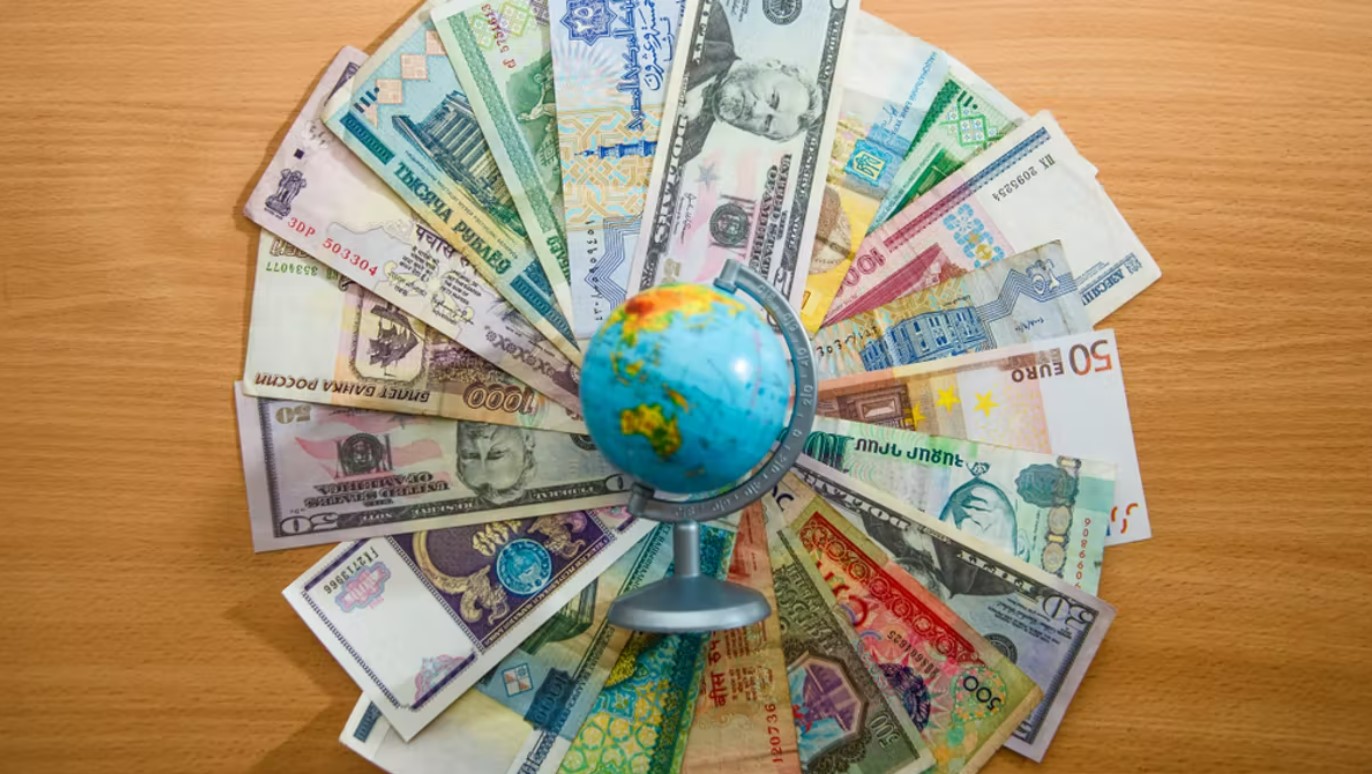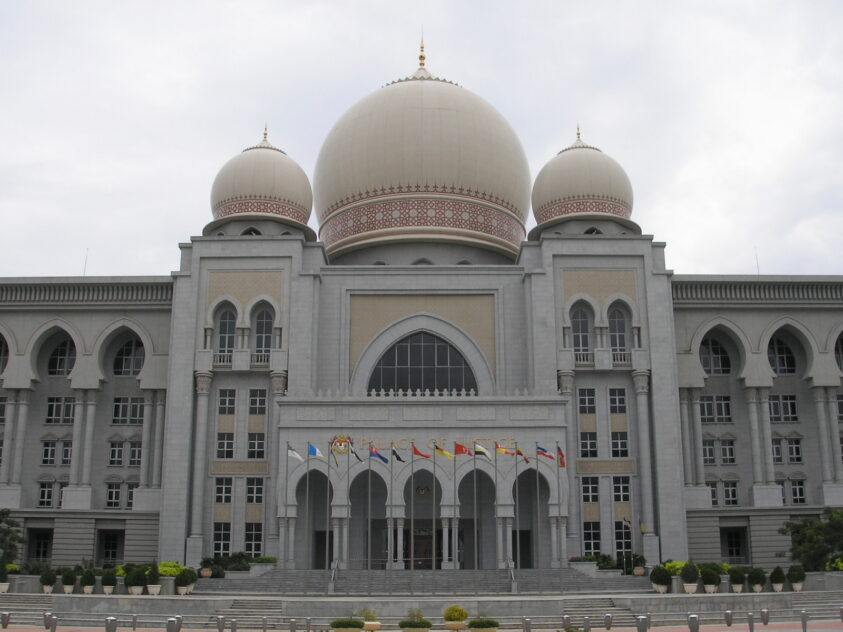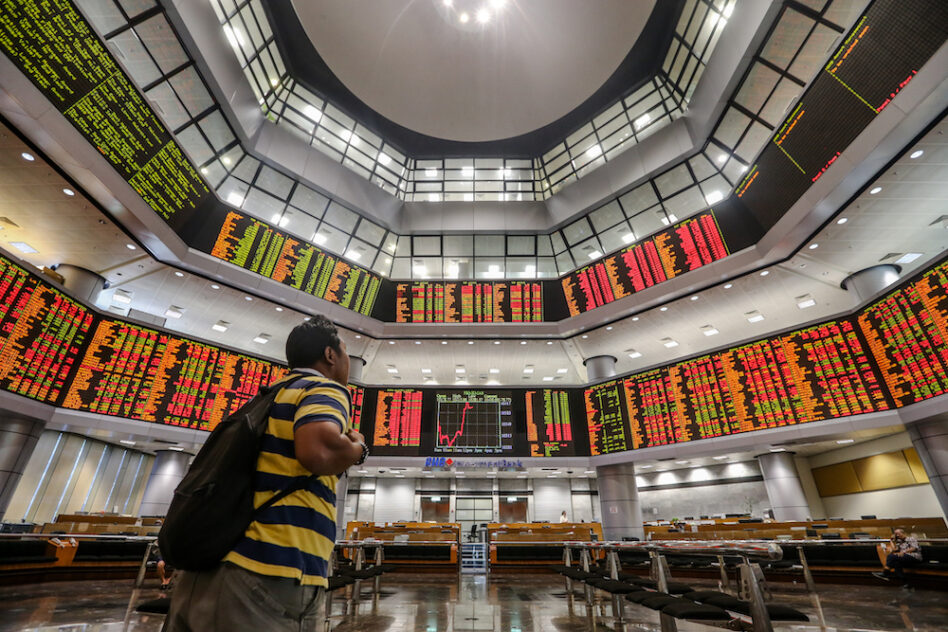FOREIGN reserves among Asia-Pacific (APAC) sovereigns declined by roughly US$590 bil (RM2.65 tril) during the 12-month period between end-2021 and end-July 2022 with the strengthening of the greenback.
While many sovereigns in the region still have substantial reserve buffers, the fall can be an indication of mounting external financing stress for a small number of the sovereigns, according to Fitch Ratings.
“Valuation effects contributed significantly to this trend as the US currency’s strength has reduced the dollar value of non-US dollar reserve holdings,” observed the global top-three rating agency.
“We believe that some of the decline also reflects moves by certain regional central banks to support their currencies, offsetting depreciation pressures that might otherwise have added to imported inflation.”
For many APAC sovereigns, reserve buffers have fallen to pre-pandemic levels after a significant rise over the past two years which is partly driven by pandemic-related factors, including demand compression.
The largest declines in value terms over 7M 2022 were in China (A+/Stable), Singapore (AAA/Stable) and Japan (A/Stable) – all from high levels.
“Singapore’s 31% decline between end-2021 and July 2022 was driven by a transfer of reserves from the Monetary Authority of Singapore (MAS) to GIC (a sovereign wealth fund to manage Singapore’s foreign reserves) for longer-term investment,” noted Fitch Ratings.
“Some central banks with more comfortable reserve positions, including the Reserve Bank of India have deployed them to support their currencies.”
“We generally do not view the use of reserves to smoothen excessive exchange-rate volatility as challenging creditworthiness. However, should the regional decline in reserves be sustained, this would eventually put downward pressure on ratings for some APAC sovereigns.”
This risk could be significant where reserves have been a rating strength that offsets other credit weaknesses such as in the Philippines (BBB/Negative) or where external finances have traditionally have been weaker than peers such as in Indonesia (BBB/Stable).
Nonetheless, the fall in reserves so far in 2022 has been moderate in the Philippines and Indonesia while high commodity prices have temporarily strengthened the latter’s external balance sheet. – Sept 8, 2022
Main pic credit: Clacified









